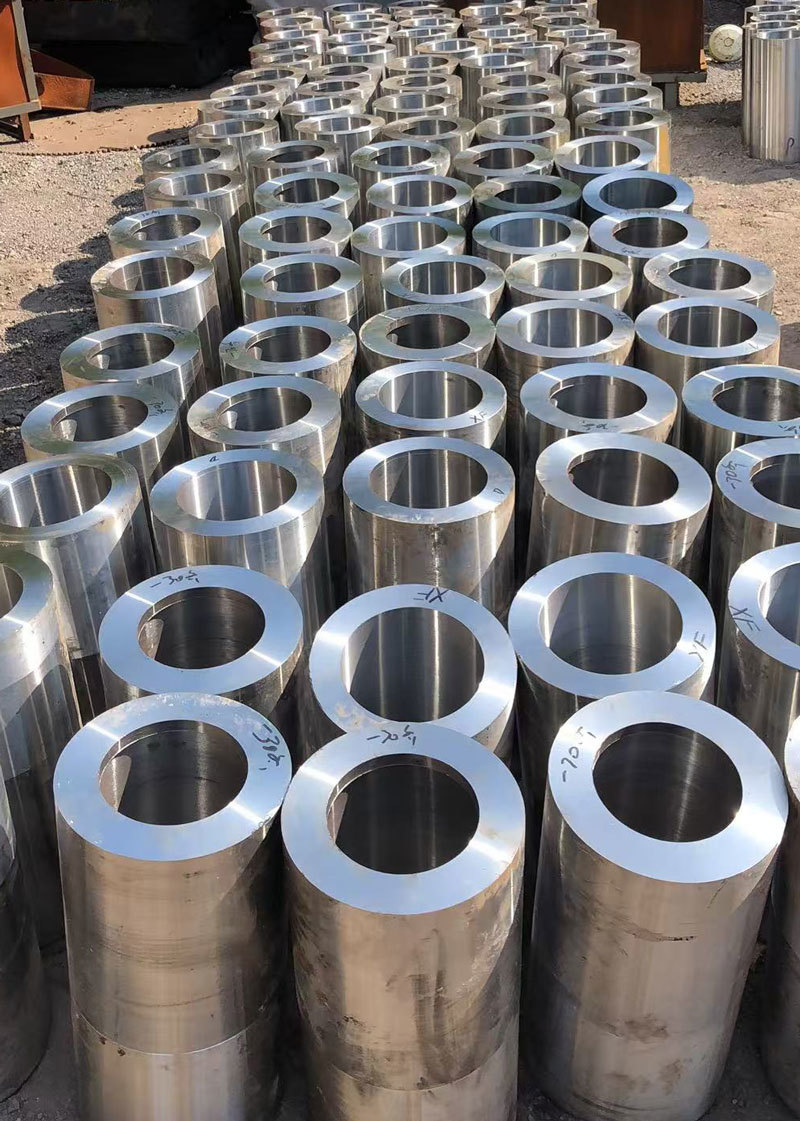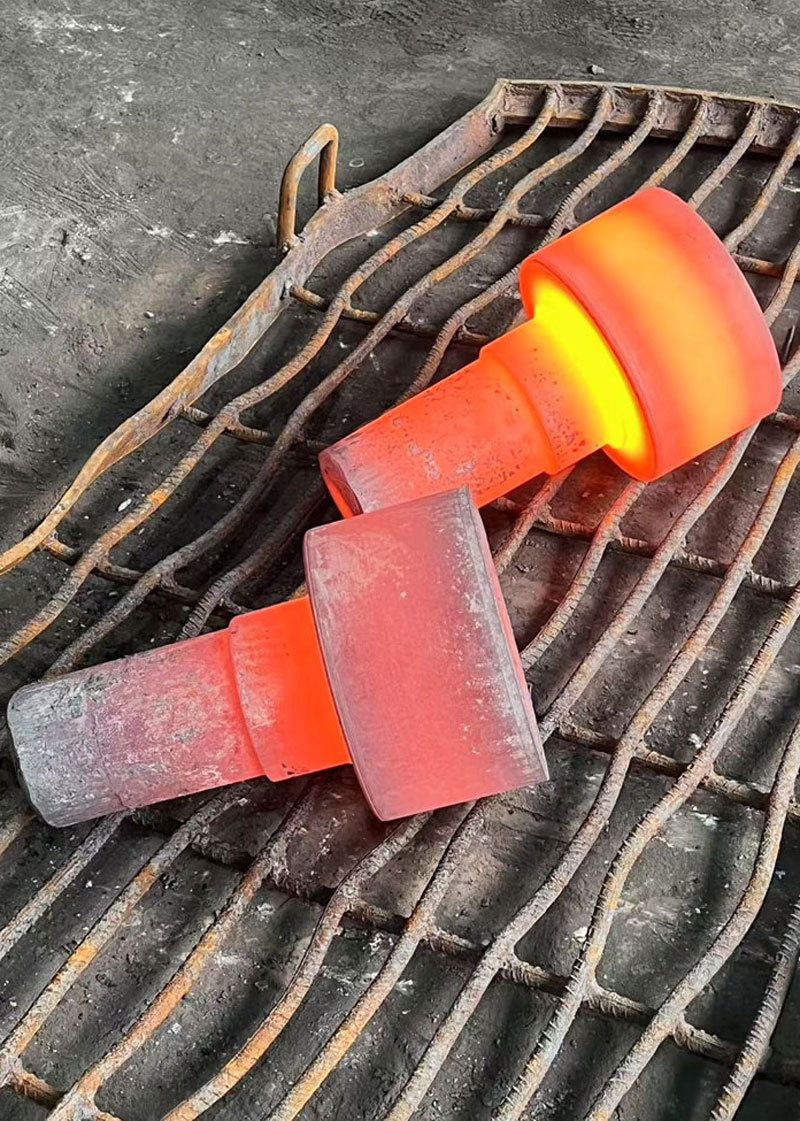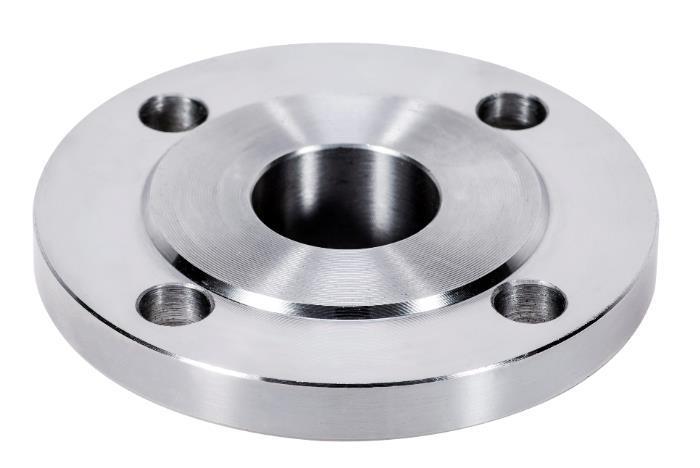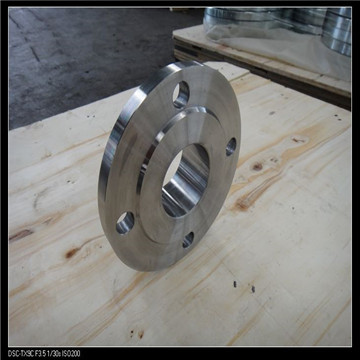Understanding Non-Standard Flanges: Importance and Applications in Construction
Release time:
2025-05-10
Non-standard flanges are critical components in piping systems, particularly within the construction and decorative materials sectors. Unlike standard flanges, which adhere to established dimensions and specifications, non-standard flanges are tailored to meet unique requirements that can vary based on specific project needs, environmental factors, or design specifications. This adaptability makes
One of the primary reasons for using non-standard flanges is the availability of customized sizes and configurations. In complex construction projects, where atypical piping layouts are often necessary, non-standard flanges can be designed to fit specific dimensions and connection types. This customization can simplify installation processes, reduce the risk of leaks, and ultimately enhance the overall integrity of the piping system.
The manufacturing of non-standard flanges typically involves advanced techniques that allow for precise fabrication according to specified criteria. These processes can include welding, machining, and forging, which ensure high-quality results tailored to the application. It is essential to collaborate with experienced manufacturers who understand the importance of material selection, as the choice of materials can significantly affect the flanges' performance and longevity. Common materials for these flanges include stainless steel, carbon steel, and various alloys, each chosen for their durability and resistance to environmental conditions.
Another notable aspect of non-standard flanges is their application in industries that require high levels of customization, such as oil and gas, chemical processing, and water treatment facilities. In these industries, non-standard solutions are often necessary to accommodate unique system pressures, temperatures, and flow rates. This ensures that systems operate efficiently and safely, minimizing the risk of failure or downtime.
Moreover, non-standard flanges can also play a vital role in aesthetic applications. For decorative purposes, they can be designed to blend seamlessly with architectural elements, providing both functional and visual benefits. This versatility showcases their importance beyond mere mechanical functions, enhancing the overall design and appeal of a project.
In summary, non-standard flanges are essential components within the construction and decorative materials industry, offering flexibility and customization that standard options cannot provide. Their ability to meet specific project demands while maintaining high standards of performance makes them a valuable asset in various applications. Understanding the characteristics, manufacturing processes, and applications of non-standard flanges can help industry professionals make informed decisions, ultimately contributing to the success of their projects.
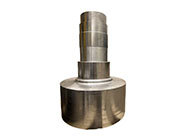
Latest developments
Forgings are a critical component in the steel industries, particularly for those involved in building and decorative materials. This manufacturing process involves shaping metal using compressive forces, resulting in products that possess superior strength and durability compared to their cast counterparts. In the context of construction and decorative materials, steel forgings offer a range of a
Innovations in the Forging of Stainless Steel for Superior Performance
Innovations in the Forging of Stainless Steel for Superior Performance Table of Contents 1. Introduction to Stainless Steel Forging Innovations 2. Importance of Stainless Steel in Various Industries 3. Overview of the Forging Process 4. Technological Advancements in Stainless Steel Forging 4.1. Machine Automation and Robotics 4.2.
Understanding Non-Standard Flanges: Importance and Applications in Construction
Non-standard flanges are critical components in piping systems, particularly within the construction and decorative materials sectors. Unlike standard flanges, which adhere to established dimensions and specifications, non-standard flanges are tailored to meet unique requirements that can vary based on specific project needs, environmental factors, or design specifications. This adaptability makes
Exploring the Versatility of Japanese Standard Flanges in Various Applications
Exploring the Versatility of Japanese Standard Flanges in Various Applications Table of Contents 1. Introduction to Japanese Standard Flanges 2. What Are Flanges? 2.1 Types of Flanges 3. Understanding Japanese Standard Flanges 3.1 Design and Specifications 4. Applications of Japanese Standard Flanges
--- Flanges are critical components in piping systems, serving as a connection point between pipes, valves, pumps, and other equipment. The term "American standard flange" refers to a specific category of flanges designed according to established standards in the United States, predominantly including ANSI (American National Standards Institute) and ASME (American Society of Mechanical Engineers)
Exploring Different Types of Threaded Flanges for Various Applications
Exploring Different Types of Threaded Flanges for Various Applications Table of Contents 1. Introduction to Threaded Flanges 2. Importance of Threaded Flanges in Construction 3. Types of Threaded Flanges and Their Applications 3.1 Standard Threaded Flanges 3.2 Slip-On Threaded Flanges 3.3 Blind Threaded Flanges 3.4 Socket Weld Threaded Flanges



